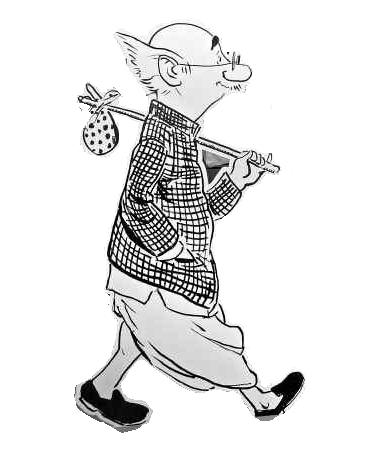Saying goodbye is one of the most difficult things. And yet you know that it's a change which ought to happen. Someone said "I'm a passenger, and I ride and I ride" which is so apt to everything including life itself. Change brings new opportunities, new ideas, new lessons.
I'm in the middle of switching jobs and have said my goodbyes in person to many people I knew. But writing a goodbye mail is particularly difficult; how do you put a decade of your life in one e-mail taking care it covers all the things you want to say and yet remain short enough for people to read it fully. I took my time: after couple of drafts, I had a copy which was ready to be shipped. The subject of the e-mail reflected my re-ignited admiration to the unix language. Got a number of replies and answering them as I write this post ....
I'm in the middle of switching jobs and have said my goodbyes in person to many people I knew. But writing a goodbye mail is particularly difficult; how do you put a decade of your life in one e-mail taking care it covers all the things you want to say and yet remain short enough for people to read it fully. I took my time: after couple of drafts, I had a copy which was ready to be shipped. The subject of the e-mail reflected my re-ignited admiration to the unix language. Got a number of replies and answering them as I write this post ....




